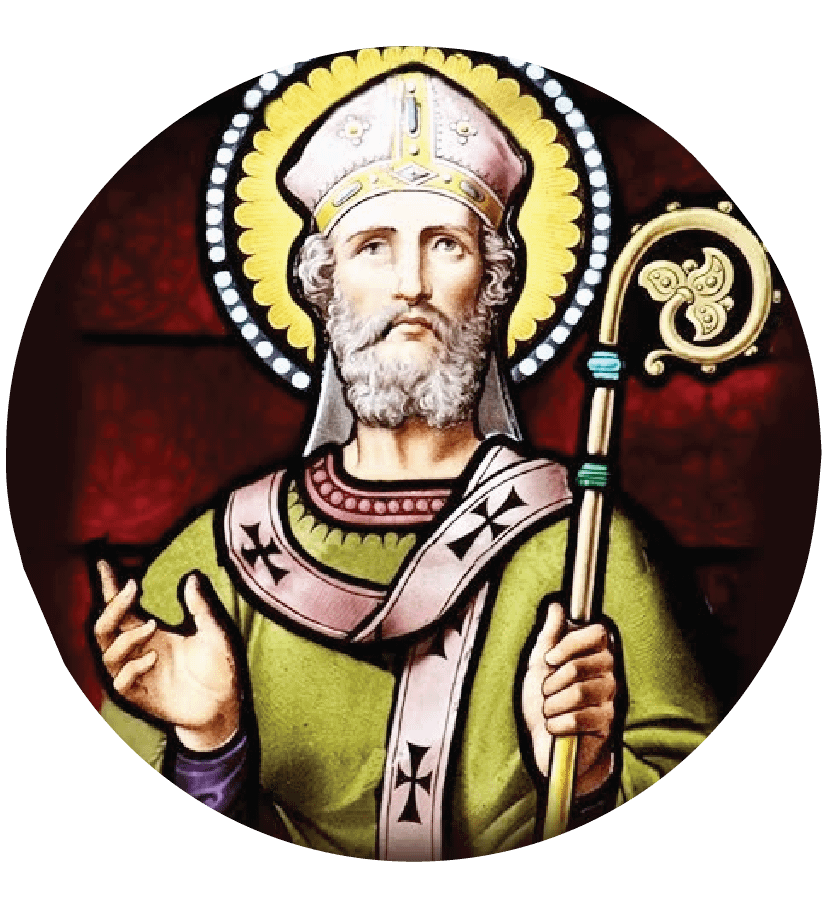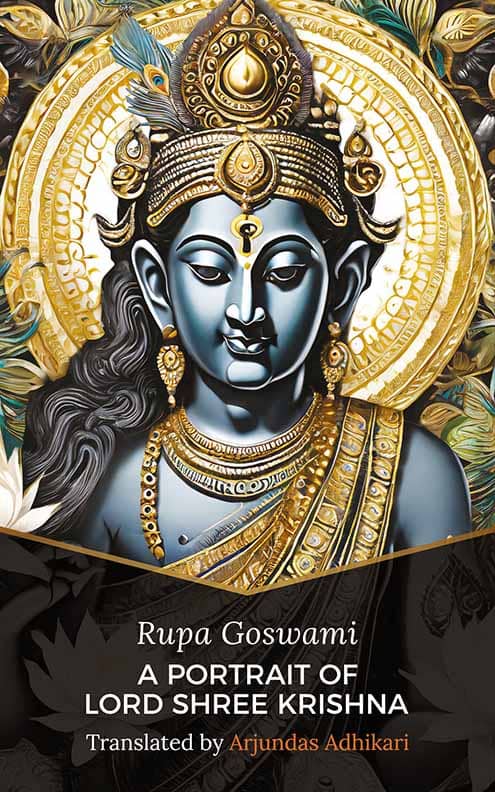
Saint Anselm of Canterbury (1033-1109) was the theologean who came up with the famous ontological argument. This argument proposes that God must exist. God is generally defined as “that than which nothing greater can be conceived of,” but some ‘being’ existing not only in the mind, but also in reality, would be greater than God. Ergo, since God is “that than which nothing greater can be conceived of,” He must, in reality, exist!

Many a philosopher has tried to counter the ontological argument in various ways with varying degrees of success, but it has proved to be something of a philosophical bugbear since first posited in 1078. The significance of this subtle argument is exposited in detail by Melvyn Bragg in the 2012 BBC radio broadcast “In Our Time.”
I’ll never forget being captivated, as a child, by an all-black cast musical film depicting life in heaven, where God and the angels sported happily together above the clouds, and it appeared every step was a dance and every word was a song. I have never been able to relocate this old film, but it made an impression on my mind that stays with me. What especially struck me was the direct and candid portrayal of a congenial personable and very human God.
The main thing about Saint Anselm’s argument is the convincing reasoning for God’s being. Just how He “bes” is, of course, the next question. I enjoyed the aforementioned film for the directness if its portrayal of an endearing God-person. Looking for a version of God in the sort of place you’d expect to find one, like a holy book, is, by and large, a bit like grasping at straws. The ancient Indian Sanskrit Vedas, however, are another matter.
If we hypothecate that Anselm was correct about God’s existence, in furthering our understanding of the nature of God’s existence, we could do worse than look to the Sanskrit Vedas which do (abundently) afford the revelation that the one cause of all causes, the fountainhead of all existence, is, specifically, Lord Shree Krishna:
ishvarah paramah-krishnah, sac-cid-ananda-vigrahah
anadir adir govindah, sarva-karana-karanam
Brahma Samhita 5.1
There is plenty of elaboration on this subject in these astonishing writings, starting with a broad definition of God’s nature: that God is the eternally, omniscient, blissful One, ie. sat, cit, ananda.
And it is in exploring the detail of the blissful aspect of God that we gain a superior understanding of He Himself.
From a literary point of view, A Portrait of Lord Shree Krishna (aka Vidagdha Madhava) is a play that gives an account of Shree Krishna’s time on earth some thousands of years ago, as recorded in the Puranic (‘purana’ = ‘ancient’) and itihasa (‘itihasa’ = ‘so indeed it was’) literatures. But, from a spiritual point of view, the drama explores the personal environment of God, where every word is indeed a song and every step a dance, where we may freely marvel at God’s world, be enthused by His wit, and become mesmerised by His love and youth and His beauty. For those who, like St Anselm, have belief in God’s existence, but are at a loss as to who, what, where, when and how God is, I dare vouch that the epic narrative of Krishna’s pastimes, masterfully delivered by Rupa Goswami in the form of His unprecedentedly spiritual drama, A Portrait of Lord Shree Krishna, aka Vidagdha Madhava, is the piece de resistance!
Arjundas Adhikari

